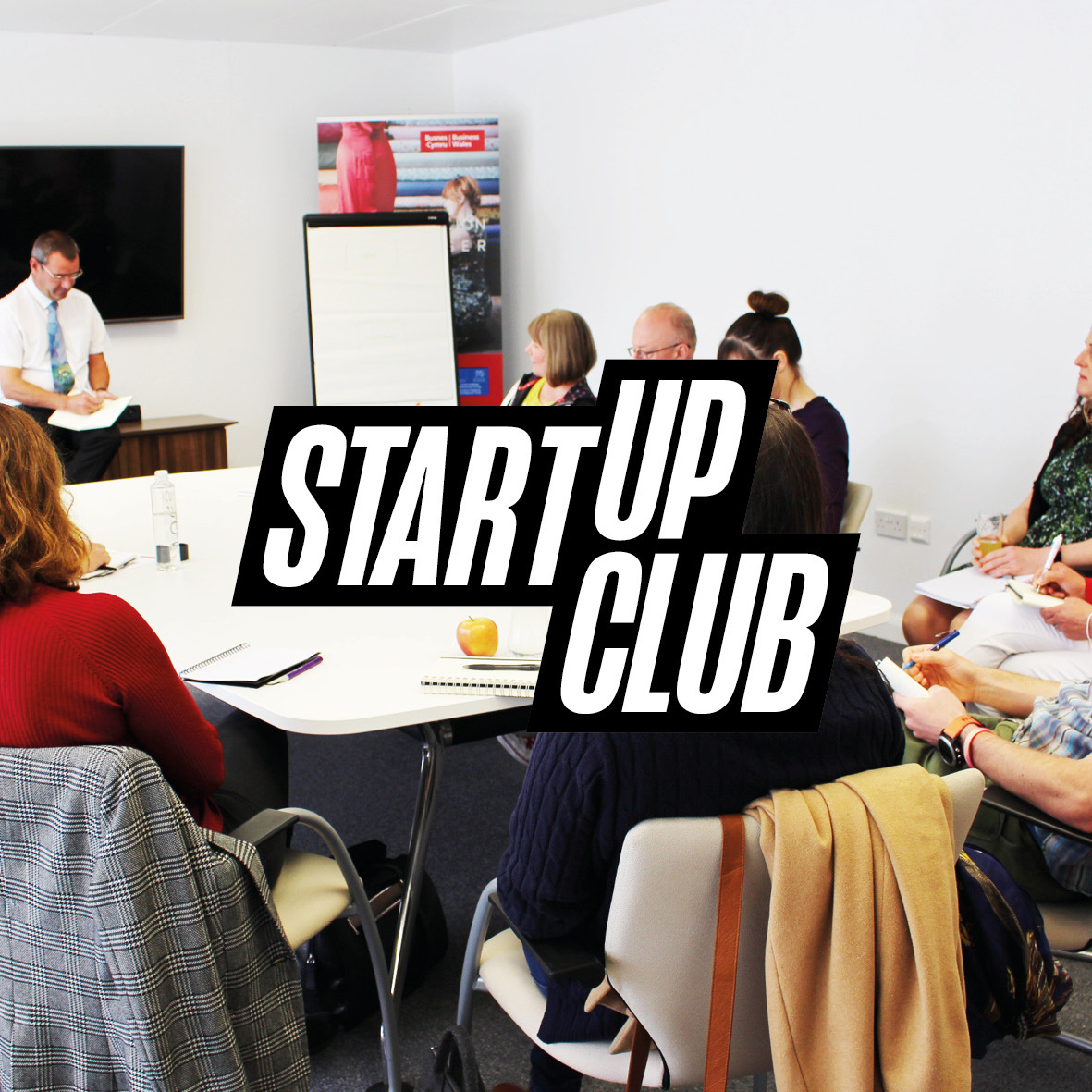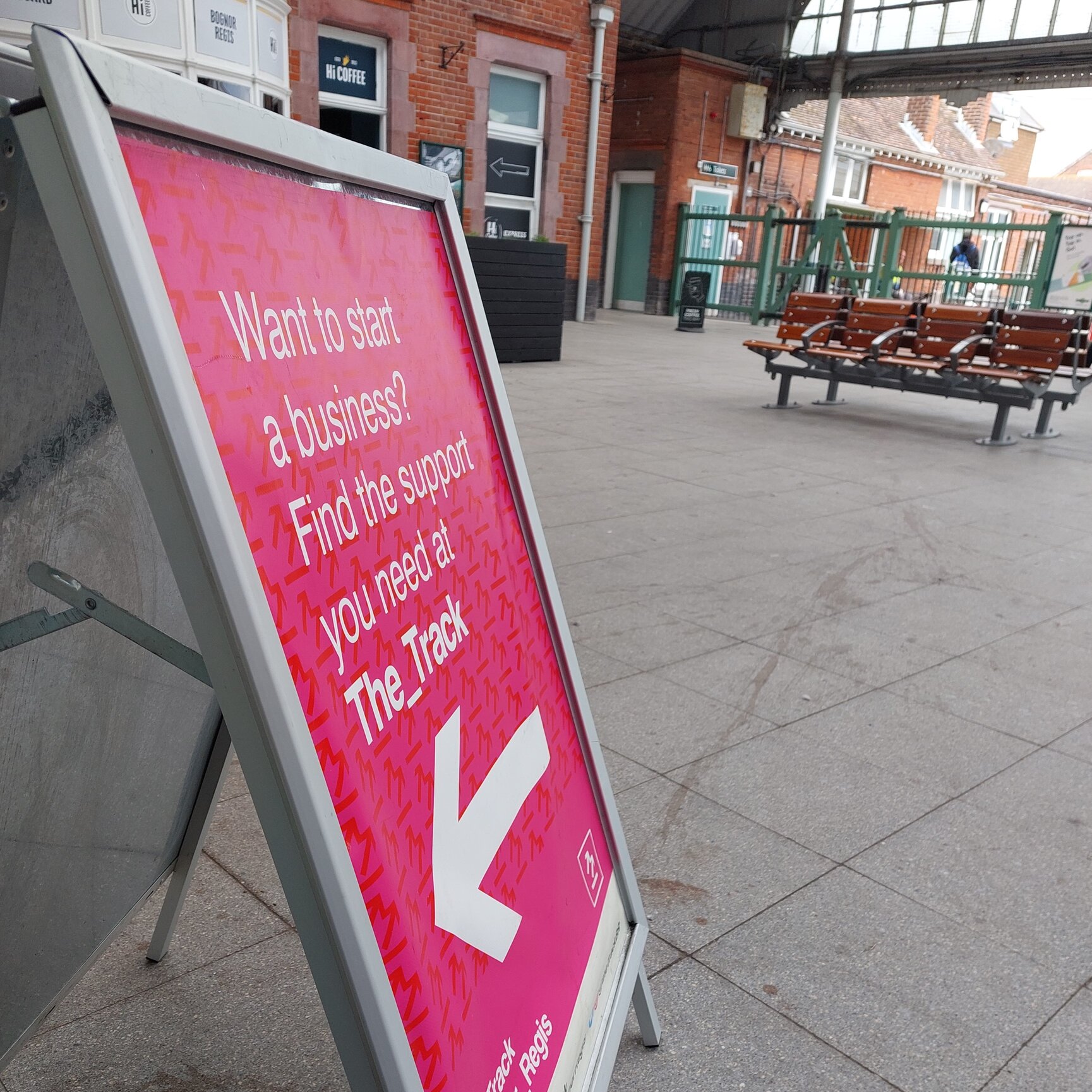In life we on many roles. We might be a professional, a partner, a friend, a child, a community member. It can be challenging to meaningfully satisfy each of these roles and responsibilities with as little conflict as possible. This is known as work-life balance. In this blog we will explore what work-life balance is, why it’s important and ways we can try to achieve it through practical exercises that you can implement into your life.
Four observations on work-life balance
- Core issue – certain jobs and career choices are fundamentally incompatible with a family life.
- Governments are not going to resolve these issues for us. It is up to us to take responsibility for our lives. Do not put your life into a company’s hands. We must set our own boundaries.
- We need to be realistic when judging the balance of our life.
- Approach balance in a balanced way: attend to the emotional, spiritual, and physical aspects. The small things matter – they can rapidly transform our lives; thus, a big overhaul is not necessarily needed.
Mindful breathing
Ok so before we go further, I want to invite you to do so a short breathing practice to help you become centred and present. Please make yourself comfortable in a seated position, spine straight, close your eyes or find a spot to focus on and begin to become aware of your breathing and begin to deepen the breath whilst watching it. Do this for 1-2 minutes.
Here is a video for guidance if needed:
Four tips for work-life balance
- The important of finding work-life balance (WLB) is not just for life satisfaction and a happier home life. Research shows that individuals with a better WLB have higher work ability outcomes including increased productivity and the ability to work longer.
- Think about your personal values and any discrepancies that exist between these values and your current work-life situation.
- Setting your goals are completely personal to you, we are all in different situations, thus our WLB goals must reflect our own situation, they must be realistic.
- Whilst some people may be prepared to make big changes, this is not always possible, therefor small steps are a great way of harnessing WLB.
Suggested strategies
- Look for flexible work options: if you work for somebody could you have a conversation about this? If you would for yourself, could you adapt the way you are working?
- Set boundaries for workplace and time.
- Find strategies that increase efficiency and productivity: time management activities, to-do lists, collaboration with family and colleagues for support. Automating more of your life with routines and habits can minimise decision fatigue, which can deplete self-control and increase emotional stress, lack of persistence and underachievement. The best way to avoid decision fatigue is to make decisions early in the day. It may also help to write out a weekly timetable, perhaps on a Sunday afternoon/evening so that the week is already mapped out for you.
- Create a long-term strategy to prioritise based on dream goals and a timeline will help with day-to-day priorities and learning to say no to things that are not leading toward the goal.
- Make personal health a priority: healthy diet, adequate sleep, physical activity, and meditation is critical for optimising WLB.
Exercises/options for goal setting.
- The “clock day” exercise – draw two clock faces on a page. One for an ideal weekday and one for an ideal weekend. Split the “clock day” into pieces of how much time would be ideally spent sleeping, eating, doing necessary chores, working, commuting etc. Specifically find spaces for things that bring life joy and purpose, hobbies, learning, relationships, experiences that you enjoy. Once you have finished check to see how realistic the balance of time is and decide how closely you can realistically implement it into your life.
- Recording your dream – write a script of your ideal future, including all aspects of your life. Then record yourself so that you can listen to it whenever you need to remind yourself of how you want your life to be.
- Pictorial goal plan/manifestation board – put ‘me’ or a picture of yourself in the middle of a blank piece of paper/cardboard/corkboard. Surround yourself with pictures/goals that represent your dream life. Make it bright and exciting, place it somewhere visible to keep you on track!
Questions to consider/for reflection
Take some time to consider the following questions:
- When was the last time you felt fully alive?
- If you had one year to live, how would your priorities shift?
- What are you prepared to do to get the life that you want?
- When do you want to achieve work-life balance you desire?
- What is currently causing you stress, unbalance, or dissatisfaction?
- What you currently prioritizing, and what are you willing to sacrifice?
Stress and Burnout prevention exercises: Strengthening the work-private life barrier
- Short-term stress can be useful in that it may help motivate us deal with the many challenges life throws our way. Yet stress can become overwhelming, and we may not be able to cope with everything on our plate.
- Occupational stress leads to an estimated 120,000 deaths a year in the U.S. alone.
- Those who struggle to juggles work and life demands are four times more likely to suffer from burn out.
- It is increasingly difficult to attain WLB with technological advancements; we can work from anywhere at any time.
- Psychological detachment from work is thus necessary to optimise wellbeing. Including goal achievement, job satisfaction, reduction of emotional exhaustion and burnout.
- We must cultivate a solid barrier between work and personal lives.
- It is essential we recognise the behaviours, beliefs and conditions that puncture holes in the barrier.
- These holes weaken the work-life barrier making it easier for work-related stress to spill-over into our private lives.
- However, identifying ways to fill these holes can strengthen the barrier and offer us opportunities to recharge and unwind from work-related stressors.
- We will now go through an exercise to help you identifying the behaviours, beliefs and conditions that create these metaphorical “holes” in the barrier between work and private life.
- This will help strengthen the barrier to restore a healthy balance between the two.
Advice
- WLB does not mean an equal balance of time spent on each area. WLB is defined by outcomes not hours.
- Psychological detachment is about mentally switching off not caring less when working, this can prove problematic.
- There is no one-size fits all solution. This is personal to you.
- It is easy to become distracted in this task. If you notice your mind wander, acknowledge it, and bring it back to the task at hand.
Step 1: identifying the holes in your work-life barrier
Example:
- Taking work calls or checking emails at home/outside of agreed work times
Holes created at work
- Think of the behaviours (the things that you do), beliefs (what you think is true, and conditions (your circumstances) at work that puncture holes in the barrier between your work and personal life.
- Write them down on a piece of paper
Holes created at home
- Repeat the same task for home
Step 2: Filling the holes in your barrier
- It takes thought and planning to strengthen this barrier.
- You must find ways to fill the holes to restore balance.
- Now that you have identified the holes, lets identify the solutions.
Example(s):
- Checking work emails at home can be filled by turning off notifications or turning off work phone after work hours.
- Feeling stressed at home due to your workload, fill this hole by learning how to say no to extra demands.
Task
- For each behaviour, belief, and circumstance you identified as a hole in your barrier, now think of solutions to fill the hole and strengthen the barrier.
Step 3: Taking action
- Now that you have identified the holes and thought about the solutions it is time to put them into action.
- For each solution on your table, think of small steps to include them in your regular schedule
Example
- Stop checking work-related texts and emails outside of work hours, disconnecting when you are at home/change the setting on your devices.
Step 4: Reflection
- How do you feel after completing this exercise?
- How does it feel to strengthen the barrier between your work and private life?
- What did you find most rewarding about this exercise?
- In what ways has this exercise changed how you think about your work-life balance?
- What did this exercise teach you about your work-life balance?
- In what other ways can you fill the holes and strengthen the barrier between your work and private life?
It is with hope that you found the information and tasks presented in this blog useful for attaining the work-life balance you have been longing for and deserve!



